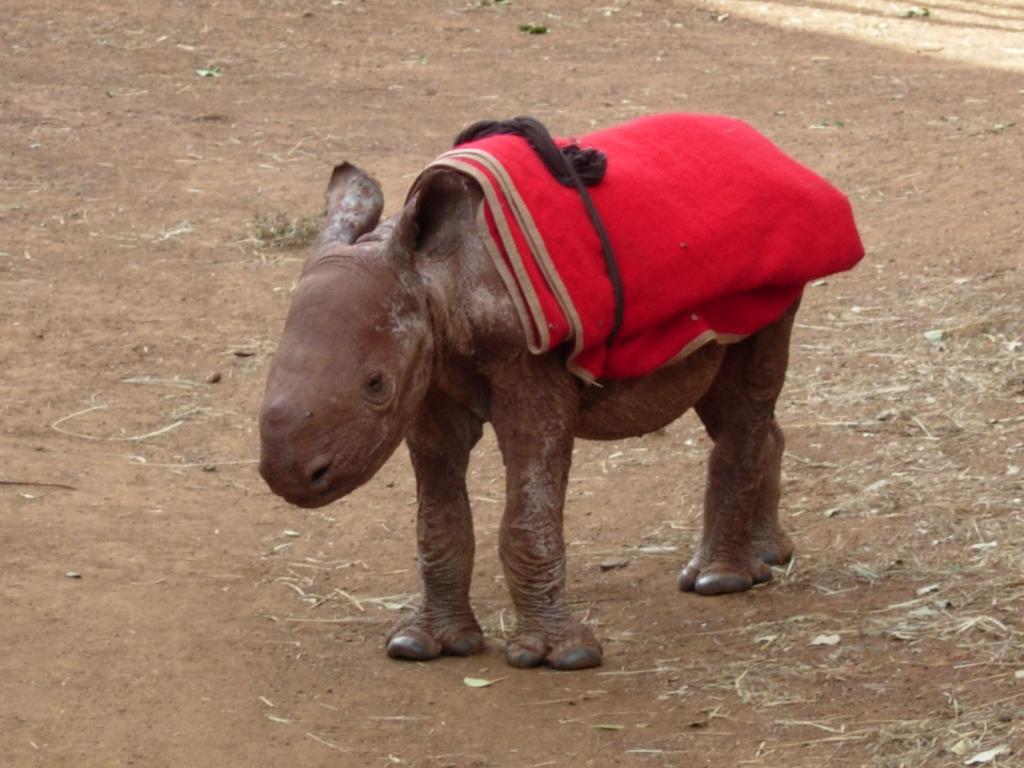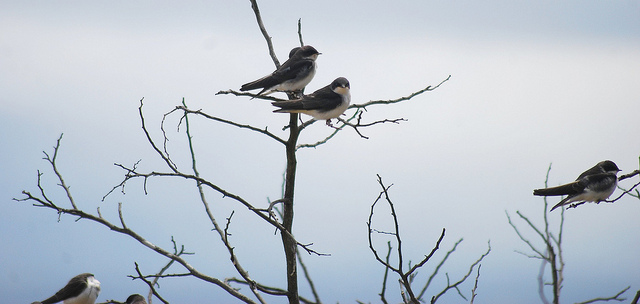There are two ways that birds can provide insight into the environment. Both involve the birds dying.
Birds eat insects. Some birds, like certain swallows, eat insects that live in the sediment of lakes and streams. If that sediment is polluted, the birds can die — which can allow scientists to pinpoint locations of pollution with some accuracy. Scientists in Ohio put swallow nesting boxes near a river they hoped to monitor for pollution — and the experiment seems to have worked.
From Nature:
[The U.S. Geological Survey’s Thomas] Custer described how his group has … used swallows to monitor a 2010 project intended to remove contaminated sediments from Ohio’s Ottawa River near Toledo. Not all the data are in yet, but things look good, he says. “From the standpoint of the birds, this is not a hotspot.”
One advantage of using swallows for such work is that they are known to forage over fairly small distances, rarely more than 500 metres from their nests. “They represent very localized contamination,” Custer says.

A good sign: Living swallows.
While it seems a little cruel to build homes for swallows to see if they’ll die, it can actually be helpful to the birds as well.
[T]he presence of nesting boxes improves the birds’ habitat. And the loss of a few eggs and nestlings to researchers isn’t likely to hurt the species, [U.S. Fish and Wildlife Service’s Roger] Helm says. “It is extremely rare for more than 50% of the nestlings to survive, anyway,” he says.
Oh. Then great.
Then there’s the other way birds help track environmental damage: massive die-offs.
From The Guardian:
The UK has lost more than 44 million breeding birds in less than half a century, including an average of 50 house sparrows every hour, according to a report.
Scientists estimate the number of nesting birds has plummeted from 210 million in 1966 to 166 million today. The shocking statistics are contained in the State of the UK’s Birds 2012 report, published on Monday, and charting the ups and downs of the nation’s bird populations.
One of the biggest losers is the house sparrow, with a population of around 10 million — 20 million fewer than in 1966, when the first reliable all-species bird monitoring scheme was conducted — despite numbers starting to increase in the last 10 years.
Fifty sparrows an hour. At least one bird has died while you were reading this, unless you read very slowly.
Researchers speculate that the die-off was spurred by a combination of factors: shifts in land use, and, surprisingly, cold weather. How a bird could evolve on the British Isles without having adapted to cold weather is beyond me, but when combined with problems in finding places to nest due to human encroachment, the problem appears to have been exacerbated.
Once upon a time, miners brought canaries into coal mines to detect carbon monoxide and other dangerous gases. A dead canary in a cage meant that gas levels were about to become dangerous to the miners. This is the same concept applied proactively and retroactively — in a world that’s constantly changing thanks in part to the coal those miners dug up. Some future surviving generation will marvel at the overlapping weirdness of that.



